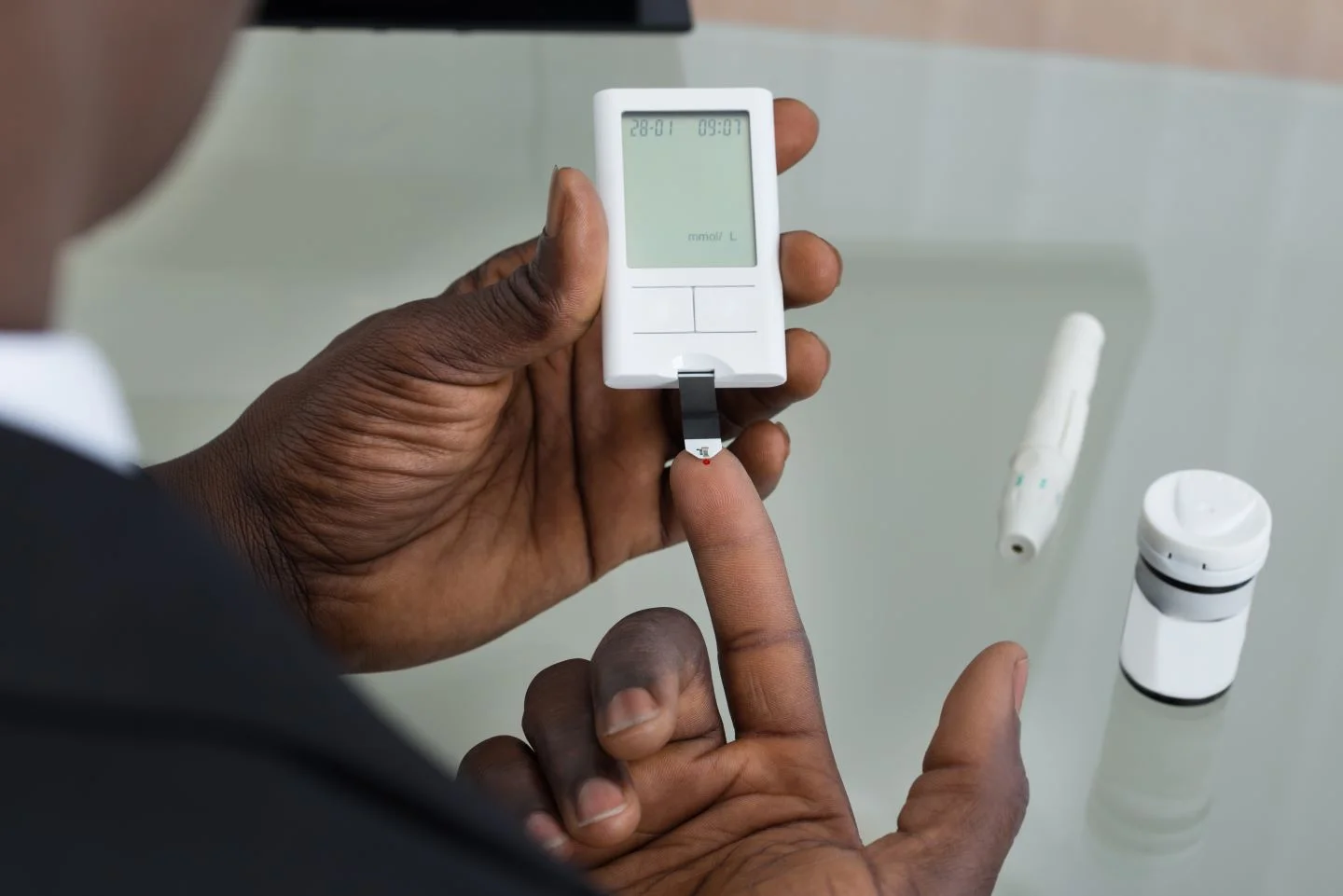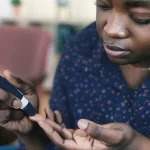
Diabetes and obesity are major public health problems worldwide. Technology can help mitigate their risks and impacts by improving outcomes and self-management strategies.
IT-enabled disease management solutions such as diabetes registries, computerized decision support systems, remote monitoring platforms and patient self-management platforms have been demonstrated to significantly enhance care processes and clinical outcomes while simultaneously saving medical costs.
Continuous Glucose Monitoring (CGM)
CGM uses real-time glucose readings that replace or minimize fingerstick tests to provide users with diabetes with accurate insights into their blood sugar patterns and help make more informed decisions about food, activity levels and insulin dose adjustments.
CGM sensors can either be placed under the skin quickly and painlessly or attached to an arm with an adhesive strip. Once placed, a transmitter within each sensor sends readings wirelessly to a wireless monitor which displays them on screen; some systems also come equipped with smartphone apps so users can view information while on-the-go.
Proper patient selection is paramount to ensure safe use of CGMs. Patients must be motivated to participate actively in their care, well informed about diabetes and mechanically proficient.
Insulin Pumps
Insulin pump technologies have rapidly evolved to mimic physiological insulin secretion and improve glycemic control. Pumps can be worn on the body with cannulae inserted through an adhesive patch into subcutaneous tissue; these systems may be used alone or combined with CGM devices.
Insulin pumps may include features that automatically suspend insulin delivery based on CGM readings, known as threshold suspension or low glucose suspend (LGS). Studies have demonstrated that this technology successfully reduces hypoglycemia without increasing mean sensor glucose or HbA1C levels.
Insulin pump use may present multiple barriers, including concerns over body image and difficulty using multiple devices on the body (58). Clinicians must assess each patient’s psychological and emotional stability for appropriate adoption of these technologies.
Mobile Applications
Mobile phone applications have revolutionized diabetes self-management tools. Some apps enable more accurate and convenient blood glucose monitoring; other tools offer carb counting functions as well as insulin titration features.
HCPs must take several factors into consideration when suggesting an app to their DM patients, such as seamless synchronization of SMBG data and being able to quickly visualize trends in their patient’s glycemic control. They must also factor in cost associated with smartphones and apps before considering cultural acceptability; some older adults may require longer to adjust to using one.
Telemedicine
Telemedicine may increase access to care for those living with diabetes in rural areas; however, evidence about its efficacy as an aid for managing their condition remains limited.
Telemedicine proved indispensable during the COVID-19 pandemic and lockdown when face-to-face doctor-patient interactions were limited, helping ensure timely diabetes care delivery. Telehealth appointments allowed doctors and patients to share knowledge about glycemic goals, provide support, and address concerns about glucose.
Patient-centric telemedicine programs can increase patient engagement by enabling patients to communicate with their doctors over the phone or an online portal, schedule appointments and download educational content that supports self-management. To fully benefit from telemedicine technology, patients should feel at ease using it while being prepared to share relevant home data with healthcare professionals – which includes having an easy and dependable device capable of collecting and transmitting it.
Virtual Coaching and Support Apps
Studies have demonstrated that people living with diabetes who receive health coaching have been able to lower their A1C and improve medication adherence, yet delivering human coaching programs to such a large population remains challenging. With virtual coaching apps emerging as a solution for large scale populations.
Health2Sync allows users to track their outcomes by connecting to glucose meters, sphygmomanometers and weight scales; additionally logging behaviors such as exercise, eating and sleeping patterns as well as sharing the data with healthcare providers (HCPs) or support systems.
Apps are generally not clinically tested, so evidence about their effectiveness is limited. Still, many patients feel that apps are helpful; however, others may perceive adding yet another device or platform increases the feeling of cyborgism.



